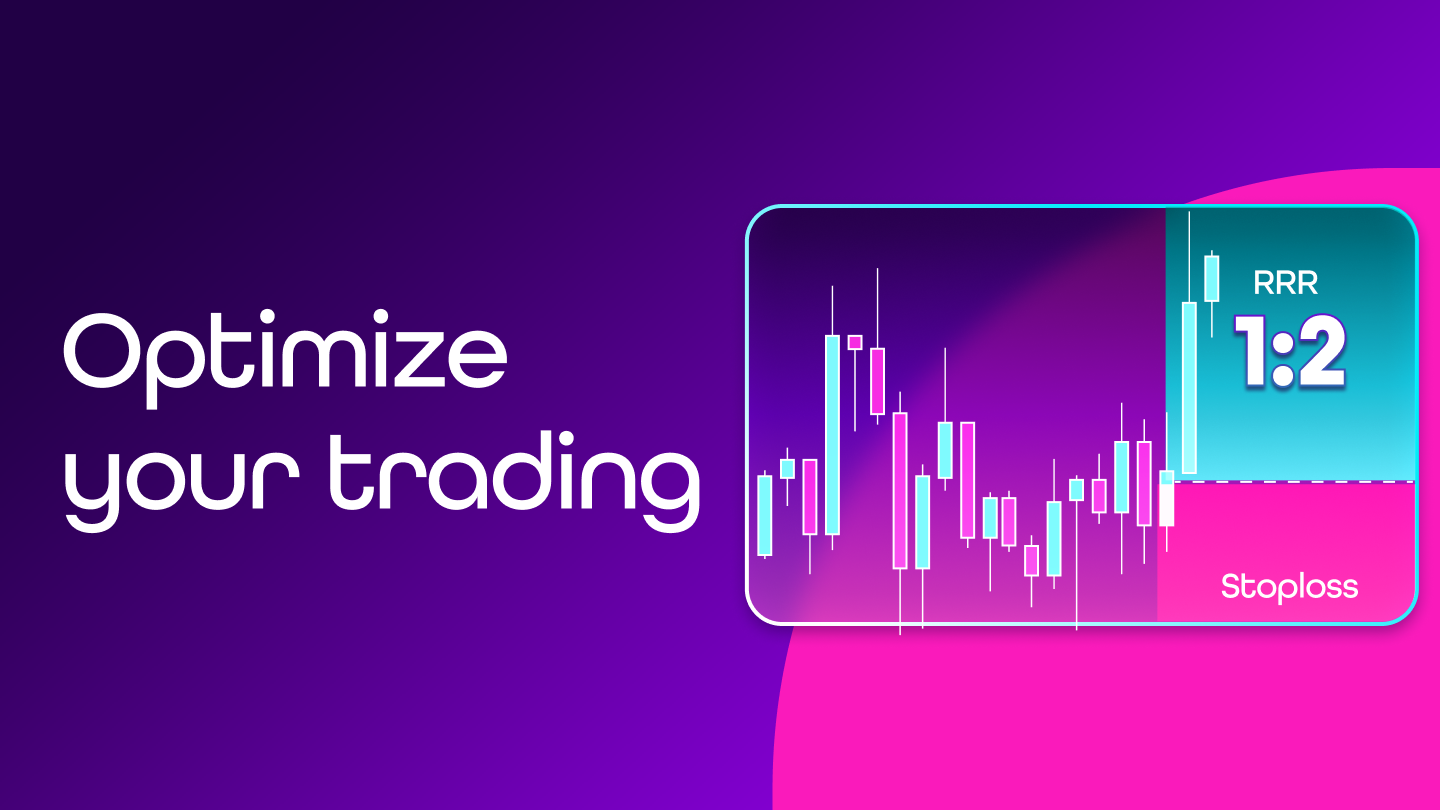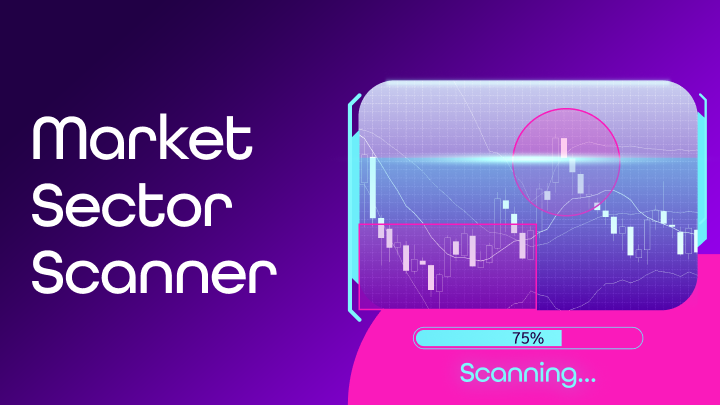Risk reward ratio: The secret weapon of successful traders no one talks about
Everyone thinks about when to enter the market. But do you know what most beginners completely ignore? How much they’re risking and what they want in return. And that’s the real game-changer. The risk reward ratio, or the balance between risk and potential return, often determines whether you’ll last in trading for just a few weeks or for years. Without it, even the best strategy turns into pure gambling.

What is risk reward ratio and why should you care
The risk reward ratio (sometimes also called risk to reward) tells you how much money a trader is willing to risk on a trade compared to the expected profit. It may sound simple, but this single number can help you survive losing streaks and maintain a stable equity curve. Here’s a practical example:
- If you risk €100 in a trade and aim to make €200, you’re using a risk reward ratio of 1:2.
- That means you only need to succeed in one out of every three trades to break even, so you’re neither gaining nor losing money overall.
- As soon as your win rate climbs above 33%, you’re in profit.
Now let’s flip the situation. If you trade with a risk reward ratio of 2:1 (risking €200 to earn just €100), you’ll need a 66% success rate just to stay even.
So, the higher your RRR, the less pressure there is on your win rate. And that’s a huge difference—for your mindset and your long-term trading results.
According to Ji & Lejeune (2020), optimizing your risk reward ratio has a major impact on long-term portfolio growth. In practice, that means that the right RRR setup increases your chances of stable performance even without extremely high accuracy.
💡 Fintokei tip
TIP: Confused by new trading terms? Check out our basic trading terms you need to know.
Risk reward ratio in action: What ratio makes sense
In theory, traders are often advised to aim for at least a 1:2 risk reward ratio, meaning you target double the potential profit compared to the risk. But every trading style is unique, and different approaches come with different ratio expectations:
- Scalpers usually go for lower risk reward ratios (like 1:1 or 1:1.5), but they balance that with a high win rate.
- Swing traders or position traders tend to aim for higher ratios (like 1:3 or more), where even a smaller percentage of winning trades can be enough to stay profitable.
In the study by Sehgal and Mehra (2019), it is shown that even a robust strategy with a low success rate can be profitable over the long term, as long as it’s built on a consistent reward-to-risk ratio above 1:2.
How risk reward ratio affects profitability in real life
Theory is great, but let’s look at what it really means in numbers. Below are two simple scenarios that show how your risk to reward ratio can impact your results, even with different win rates.
Scenario A – Risk reward 1:2
- Number of trades: 10
- Risk per trade: €100
- Target profit: €200
- Win rate: 40% (4 winning trades)
Calculation
- 4 wins × €200 = €800
- 6 losses × €100 = €600
- Net profit = +€200
This shows that even with less than 50% accuracy, you can stay profitable if your reward-to-risk ratio is set up right.
Scenario B – Risk reward 2:1
- Number of trades: 10
- Risk per trade: €200
- Profit per trade: €100
- Win rate: 70% (7 winning trades)
Calculation
- 7 wins × €100 = €700
- 3 losses × €200 = €600
- Net profit = +€100
Here, you need a much higher success rate just to make a small profit. That can be stressful, because each losing trade costs twice as much as a win earns.
Cheridito & Kromer (2013) point out that traders often underestimate the impact of high risk paired with low return. Taking large risks for small gains can easily turn even a highly accurate strategy into a losing one.
How to calculate risk reward ratio properly
The calculation is simple. You just need to know three things:
- Entry price
- Stop-Loss (SL) – how much you are willing to lose
- Take-Profit (TP) – your profit target
RRR = (TP – Entry) / (Entry – SL)
Example
- Entry: 1.1000
- SL: 1.0950 (risk of 50 pips)
- TP: 1.1100 (profit of 100 pips)
RRR = 100 / 50 = 2.0 → risk reward ratio of 1:2
If you do not want to calculate it manually, you can use a risk reward ratio calculator. Just input the numbers and it does the work for you. Look for tools that also convert everything into your account’s currency.
💡 Fintokei tip
Did tweaking your risk reward ratio make you rethink your trading plan? Here’s everything you need to know about building and adjusting one that fits your style.
How to set the right risk reward ratio for your trading style
There is no such thing as the perfect universal risk reward ratio. What works for one trader might not work for another. Everything depends on your strategy, market conditions, and personal preferences, like how well you handle stress or how often you trade.
- Trading style and trade frequency
Scalpers trade often, so they can afford lower ratios (like 1:1), but they need a very high win rate to make that work.
Swing traders take fewer trades, so they need higher risk reward ratios (like 1:2, 1:3 or more) to stay profitable over time.
- Psychology and stability
The higher your reward-to-risk ratio, the less frequently you will hit profitable trades. That can be mentally tough, because the wins come slower. On the other hand, if your ratio is too low (like 1:0.5), you might enjoy quick wins, but a few big losses can drain your account fast.
According to Sehgal and Mehra (2019), it is crucial to strike a balance between potential return and the level of volatility the trader is willing to accept. The most effective strategies tend to work with slightly higher RRRs (1:2 to 1:3) while also keeping drawdowns under control.
💡 Fintokei tip
Want to understand more about trading psychology and how it affects your decision-making? Start here.
Test your risk reward setup without risking money
Before you start trading with real money, test your risk reward ratio setup on a demo account. And not just once or twice. Ideally, use a sample of dozens of trades. While testing, pay attention to:
- Your win rate
- Average profit and loss
- How many trades were winners vs. losers
Keep a detailed trading journal with all this data. That’s where you will see what risk to reward ratio naturally fits your strategy.
A data-driven approach to monitoring your RRR can significantly help refine your trading strategy and limit losses.
If you notice that you often close trades early and fail to hit your planned profit target, your risk reward setup may be too ambitious. In that case, slightly adjust your ratio and test again.
Most common risk reward ratio mistakes
A well-set risk reward ratio can be the foundation of successful trading. But most beginners either underestimate its importance or use it the wrong way. Here are the biggest traps to watch out for:
- Undefined stop-loss and take-profit
Without a clear stop-loss and take-profit level, you have no RRR. A trade without a pre-defined risk is driven by emotion, not a plan.
- Too low of a ratio
Risking €100 to make €50 might work in the short term, but long term it’s unsustainable. Just a few losing trades and your entire performance drops.
💡 Fintokei tip
This article will help you, TIP: This article will help you, which Fintokei challenge you should choose.
- Fixed RRR regardless of the market
Risk reward ratio is not a fixed rule. If the market only offers potential for a small move, it might not be the right time to trade. On the other hand, during strong trends, you might aim for much higher ratios.
- Ignoring reality
Many new traders plan trades with RRRs like 1:3 or 1:4, but in practice, they close trades early after only a small gain. That effectively ruins the ratio and weakens the entire strategy.
RThe reward-risk ratio is a powerful tool, but only if it is applied consistently. Unrealistic expectations can lead traders to abandon their own rules.
Start trading with a smarter plan
If you want to take your trading to the next level, your risk reward ratio should be part of every single trade. It helps protect your capital, keep your strategy consistent, and support a healthier trading mindset.
Try these steps:
- Test different RRR setups on a demo account (e.g. 1:1, 1:2, 1:3)
- Track not just the results, but how you feel with each ratio
- Always write down the result of each trade along with the planned ratio, only then will you know what actually works for you over time
Unleash your trading potential on Fintokei accounts too!
Resources
Ji, R., & Lejeune, M., 2020. Data-Driven Optimization of Reward-Risk Ratio Measures. Advanced Risk & Portfolio Management® Research Paper Series. https://doi.org/10.2139/ssrn.2707122.
Sehgal, R., & Mehra, A., 2019. Robust reward-risk ratio portfolio optimization. Int. Trans. Oper. Res., 28, pp. 2169-2190. https://doi.org/10.1111/ITOR.12652.
Cheridito, P., & Kromer, E., 2013. Reward-Risk Ratios. ERN: Stock Market Risk (Topic). https://doi.org/10.2139/ssrn.2144185.
Gates, M., & Scarpa, A., 1974. Reward-Risk Ratio. Journal of the Construction Division, 100, pp. 521-532.



